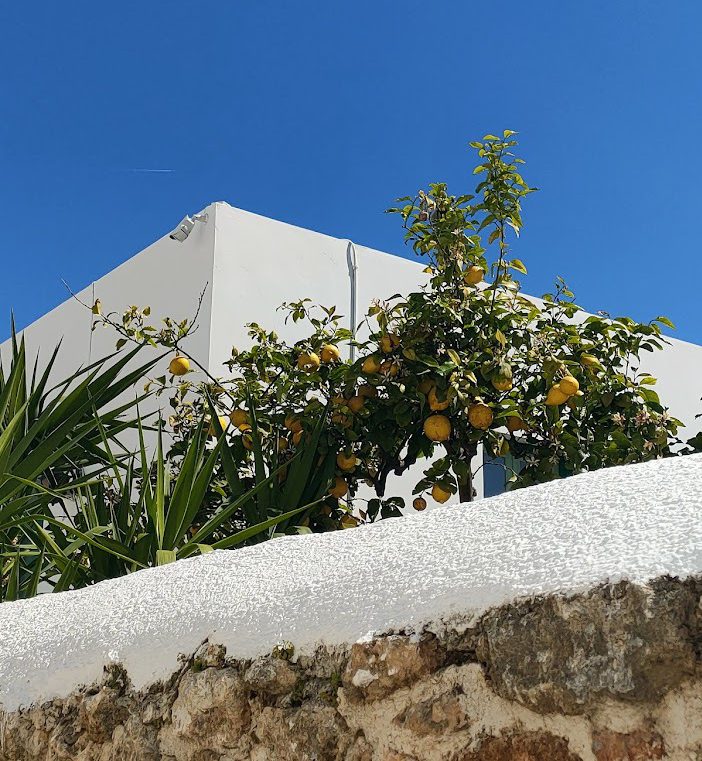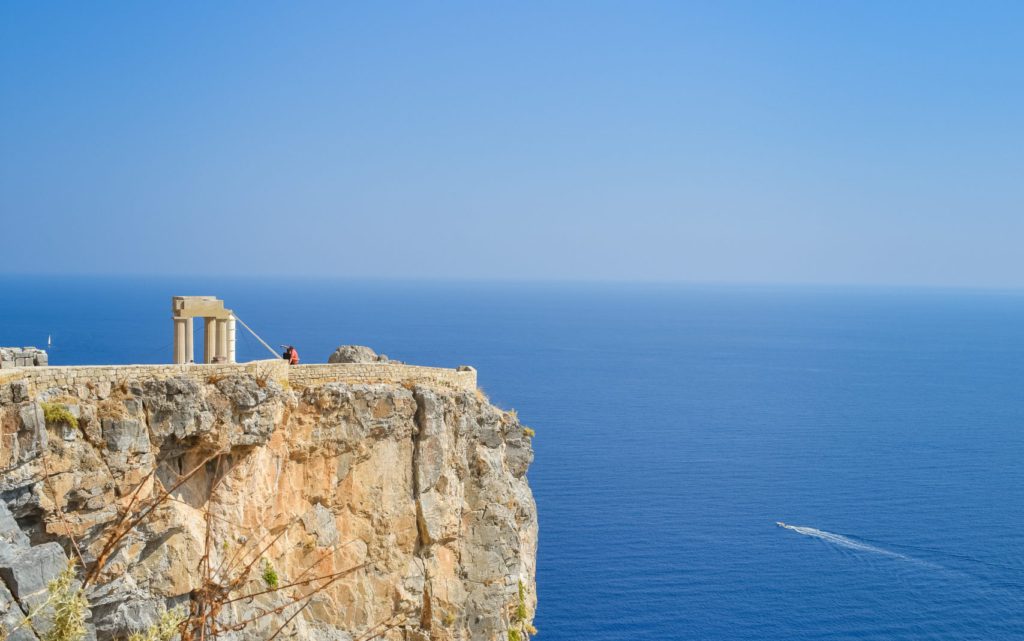Rhodes : where culture rhymes with nature!
Ever thought about visiting the Greek Island of Rhodes? Here you will find out why you should consider it soon…
French poet and novelist Jean Cocteau once wrote in his book “Mon premier voyage” that “whoever drank the water from the Rhodes fountains will always return to Rhodes”. This charming Greek Island is the largest of the Dodecanese islands and will captivate you with its dreamy beaches, untouched nature and its rich culture and history.

Spring is the perfect time to visit the island
In the collective imagination, Rhodes is defined each time as the island of roses, the sun, love, butterflies, pearls of the Aegean Sea. Seen from above it looks like a dolphin cradled by a sea in which the whole palette of blues and turquoise alternates. In spring, Rhodes is at the top of its splendor: the climate is intriguing and bougainvillea and hibiscus color the walls of the white houses with red, pink and lilac, framing the typical blue doors and windows. Get ready to meet many pomegranate shrubs, the true symbol of Rhodes whose flower, very similar to the rose, appears on coins from the Hellenistic era. Rhodes is fascinating with its history, its mythology, its different civilizations, which -over the span of 4500 years- have left significant footprints to the point that the island is an open-air museum.

One of the 7 wonders of the ancient world
The port of Madraki is the first impact with the myth. Here, according to Antipater of Sidon, there was one of the 7 wonders of the ancient world: a bronze colossus 32 meters high depicting Apollo and under whose legs all the ships had to pass to enter the port. The colossus collapsed in 224 BC. Due to an earthquake but its memory is still clear even if in its place now two columns surmounted by deer stand out towards the sky. The giant dedicated to Apollo, god of the Sun, who, coincidentally, brought spring to Earth by making flowers bloom, married the nymph Roda, from whom the island took its name. After this intellectual bath in Greek mythology, the visitor enters the old city by diving among medieval buildings so well preserved that they deserve inclusion in the Unesco World Heritage Site.

Take a stroll in Rhodes and admire its art
The religious Order of the Knights of St. John, expelled from Jerusalem, conquered Rhodes in 1309 and reigned for two centuries, creating the most modern fortifications in Europe and palaces that still today represent the most spectacular attraction of Rhodes. Take a walk along the Via dei Cavalieri, a suggestive road lined with towns that shine in the sun, and admire the buildings, palaces, houses built by the Knights of Malta, the Castle, the Suleiman Mosque and the Grand Palace of the Master. Do not miss the Archaeological Museum, an ancient Gothic building in Moussiou square, in which the hospital of the Knights of San Giovanni was located in 1522. Here, the museum’s masterpiece is kept, the Aphrodite of Rhodes, the statue depicting the goddess tying her hair. In the room at the end of the courtyard there are wonderful mosaics.

The white pearl in the south of Rhodes
Not far from the city of Rhodes, there is Lindos: a town perched on a cliff, with the second best preserved acropolis after that of Athens. The Acropolis of Lindos is located on a 116m hill overlooking the sea. In its space was the Doric temple of Athena Lindia. On the bases of the statues that adorned its interior, epigraphs of the artists who executed them were found. In an ancient epigraphic text we read the inventory of the goddess’s offerings and epiphanies.
The panoramas obtained from here are also splendid.


Do you want the sun, dazzling nature and a relaxed way of life? All sprinkled with a bit of history? Then Rhodes is the destination for you!
Because who would not succumb to the mild climate, the beauty of its beaches and the incredible diversity of its landscapes?



